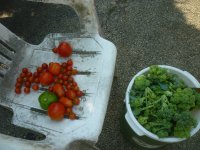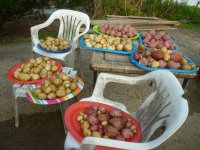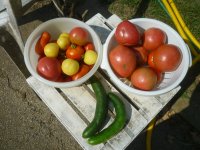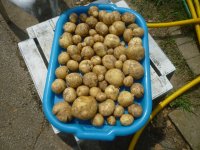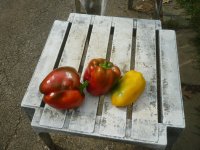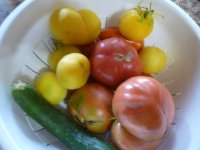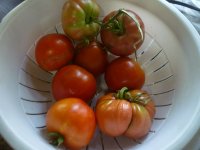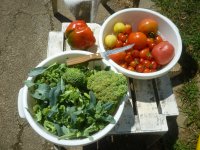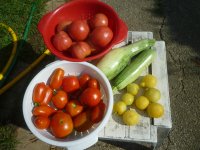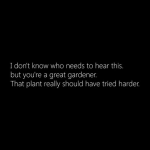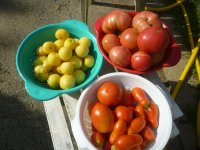Hi, Jimi!
Did you know that powdery mildews are one of the most incredibly destructive fungal species?
To date, there are roughly 900 species of powdery mildews impacting over 10,000 species of plants in 200 countries across six continents. Whew, that’s a lot of big numbers!
The economic impact of powdery mildew is too vast to calculate, causing field loss all over the globe. Because of this, management is vital to protecting your garden. That’s why we created this complimentary eGuide for growers that explains how to prevent and manage powdery mildeEG.
 Download The Powdery Mildew Guide HERE
Download The Powdery Mildew Guide HERE 
By preventing and managing the powdery mildew in your garden, you not only protect your area but also help prevent the spread to others. And the good news is that the strategies for preventing and managing powdery mildew don’t take a lot of time and effort.

Inside the The Powdery Mildew Guide, you’ll learn:
 The difference between powdery mildew and downy mildew
The difference between powdery mildew and downy mildew
 The life cycle and growing conditions, so you know when to watch out
The life cycle and growing conditions, so you know when to watch out
 Natural prevention strategies
Natural prevention strategies
 Strategies for mechanical and biological control
Strategies for mechanical and biological control
 Last resort organic dusts and sprays
Last resort organic dusts and sprays
Why sacrifice your harvests when you can easily prevent and manage powdery mildew?
When it comes to protecting your garden, the right strategies help ensure that you keep more of your harvests.
 Get The Powdery Mildew Guide HERE
Get The Powdery Mildew Guide HERE 
To your disease-free harvest!
 The Grow Your Own Vegetables Team
The Grow Your Own Vegetables Team 
Did you know that powdery mildews are one of the most incredibly destructive fungal species?
To date, there are roughly 900 species of powdery mildews impacting over 10,000 species of plants in 200 countries across six continents. Whew, that’s a lot of big numbers!
The economic impact of powdery mildew is too vast to calculate, causing field loss all over the globe. Because of this, management is vital to protecting your garden. That’s why we created this complimentary eGuide for growers that explains how to prevent and manage powdery mildeEG.
By preventing and managing the powdery mildew in your garden, you not only protect your area but also help prevent the spread to others. And the good news is that the strategies for preventing and managing powdery mildew don’t take a lot of time and effort.
Inside the The Powdery Mildew Guide, you’ll learn:
Why sacrifice your harvests when you can easily prevent and manage powdery mildew?
When it comes to protecting your garden, the right strategies help ensure that you keep more of your harvests.
To your disease-free harvest!

